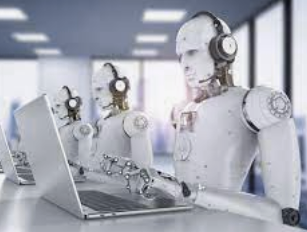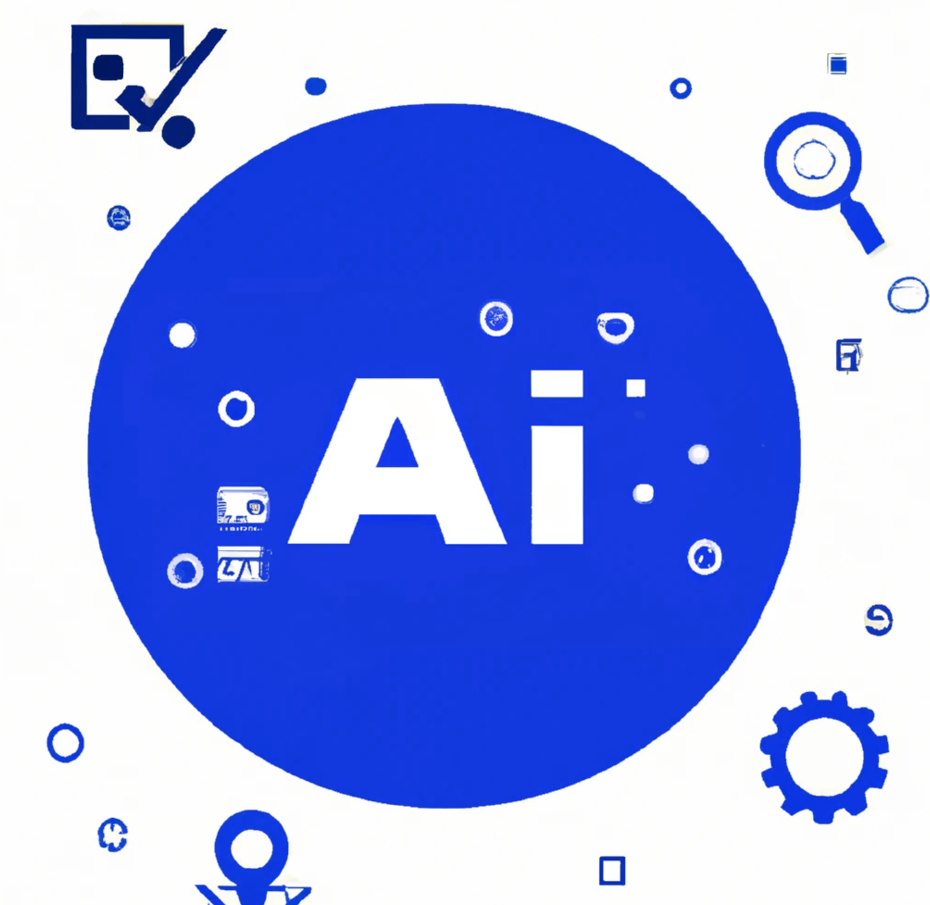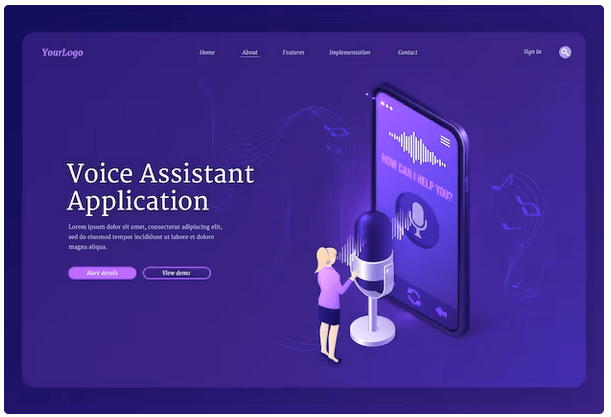
The Art of Mindful AI Technology Use: Balancing Automation and Presence
In our ever-evolving technological landscape, artificial intelligence (AI) has emerged as a powerful force that transforms industries, streamlines processes, and augments human capabilities. However, the relentless integration of AI into our lives also raises concerns about its impact on our well-being and our ability to remain present in an increasingly automated world. This blog explores the concept of The Art of Mindful AI Technology Use: Balancing Automation and Presence, offering insights into how we can strike a harmonious balance between AI-driven automation and the need for mindfulness and presence.

The AI Revolution: The Art of Mindful AI Technology Use
AI technologies have brought about unprecedented levels of automation and efficiency across various sectors. From chatbots that handle customer inquiries to recommendation algorithms that personalize our online experiences, AI is everywhere. While this automation promises convenience and productivity, it also introduces some challenges:
- Digital Overload: AI-driven devices and platforms inundate us with information and notifications, overwhelming our attention and creating a constant state of distraction.
- Loss of Human Touch: As AI automates tasks, there’s a risk of losing the human touch in customer interactions and service delivery.
- Privacy Concerns: The collection and analysis of vast amounts of personal data by AI systems raise concerns about privacy and data security.
Mindful AI Technology Use: Finding Balance
Mindful AI technology use involves harnessing the benefits of AI while maintaining awareness, intentionality, and presence in our digital interactions. Here’s how we can achieve this balance:
1. Understanding AI’s Role
To use AI mindfully, it’s essential to understand its capabilities and limitations. AI excels at data analysis, pattern recognition, and repetitive tasks. Acknowledge where AI can assist and where human judgment and creativity are indispensable.
2. Setting Boundaries
- Scheduled Tech Breaks: Designate specific times for tech-free breaks during the day. These moments of disconnection allow you to regain focus and presence.
- Digital Sabbaticals: Consider occasional digital detox days where you intentionally disconnect from AI devices and platforms.
3. Curate AI Notifications
- Selective Notifications: Customize AI-driven app notifications to receive only those that are essential. Disable non-essential notifications to reduce digital clutter.
- Priority Alerts: Set up priority notifications for crucial contacts and apps to ensure you don’t miss important information.
4. AI-Assisted Creativity
AI can be a valuable tool for enhancing creativity:
- AI-Generated Art: Explore AI-generated art and creative writing to inspire and augment your creative projects.
- Music and Design Assistance: Use AI tools to compose music, design graphics, or even help with architectural design concepts.
5. Mindful Decision-Making
When relying on AI-driven recommendations and decisions:
- Question the Output: Don’t blindly follow AI recommendations. Ask questions and assess whether the suggestions align with your goals and values.
- Human Oversight: Incorporate human judgment into AI-driven decisions, particularly in fields where ethical considerations are paramount, such as healthcare and finance.
6. AI and Personal Growth
AI can assist in personal development and mindfulness:
- Mindfulness Apps: Explore AI-powered mindfulness and meditation apps that provide guidance and insights for your practice.
- Personalized Learning: Use AI-driven educational platforms that adapt to your learning style and pace.
7. Maintain Digital Etiquette
- Mindful Communication: When communicating with AI chatbots and virtual assistants, maintain digital etiquette, even if the interaction is automated.
- Respect Privacy: Be mindful of the data you share with AI systems, understanding their privacy policies and data handling practices.
8. Mindful AI in the Workplace
Mindful AI technology use can enhance productivity and well-being in professional settings:
- AI Time Management: Use AI-driven time management tools to allocate time effectively and prevent burnout.
- AI and Remote Work: Leverage AI for remote work productivity, but also set boundaries to avoid constant digital connectivity.
9. AI in Decision Support
- Healthcare Choices: In healthcare, use AI to gather information and insights for making informed decisions but collaborate with healthcare professionals for critical choices.
- Financial Decisions: In finance, rely on AI for data analysis but seek human financial advisors for personalized investment strategies.
10. AI-Enabled Parenting
Parents can leverage AI for support but maintain a balanced approach:
- Educational AI: Use AI-driven educational apps to support children’s learning but ensure a balance with offline, hands-on experiences.
- AI Parental Controls: Employ AI-powered parental control tools to manage screen time and content access for kids.
The Future of Mindful AI Technology
As AI continues to evolve, the concept of mindful AI technology use will become increasingly important. Here are some emerging trends that align with mindful AI usage:
1. AI-Enhanced Healthcare
AI-driven diagnostics and treatment recommendations will become more prevalent. Mindful AI use will involve validating AI-generated health advice with healthcare professionals.
2. AI for Sustainability
AI can play a crucial role in addressing environmental challenges. Mindful AI usage will prioritize sustainability in AI-powered initiatives, such as energy optimization and climate modeling.
3. AI in Mental Health
AI-driven mental health apps and chatbots are on the rise. Mindful AI use will involve recognizing when human intervention is necessary in sensitive mental health situations.
Frequently asked Questions:
1.What is mindfulness in information technology use?
2.What is the relationship between automation and AI?
Automation can use AI; however, the majority of automation utilises traditional software to move data from one place to another. The difference between AI and automation is that AI aims to simulate human thinking. Put another way; automation works with data — AI ‘understands’ data.
Conclusion
The art of mindful AI technology use is about embracing automation while maintaining our human essence, intentionality, and presence. By understanding AI’s role, setting boundaries, and practicing discernment, we can harness the power of AI without losing touch with our humanity. In the ever-evolving landscape of technology and artificial intelligence, the balance between automation and mindfulness will shape our collective future, allowing us to reap the benefits of innovation while nurturing our well-being and connections.



